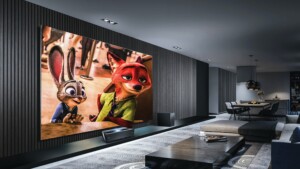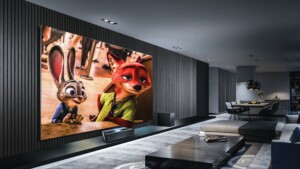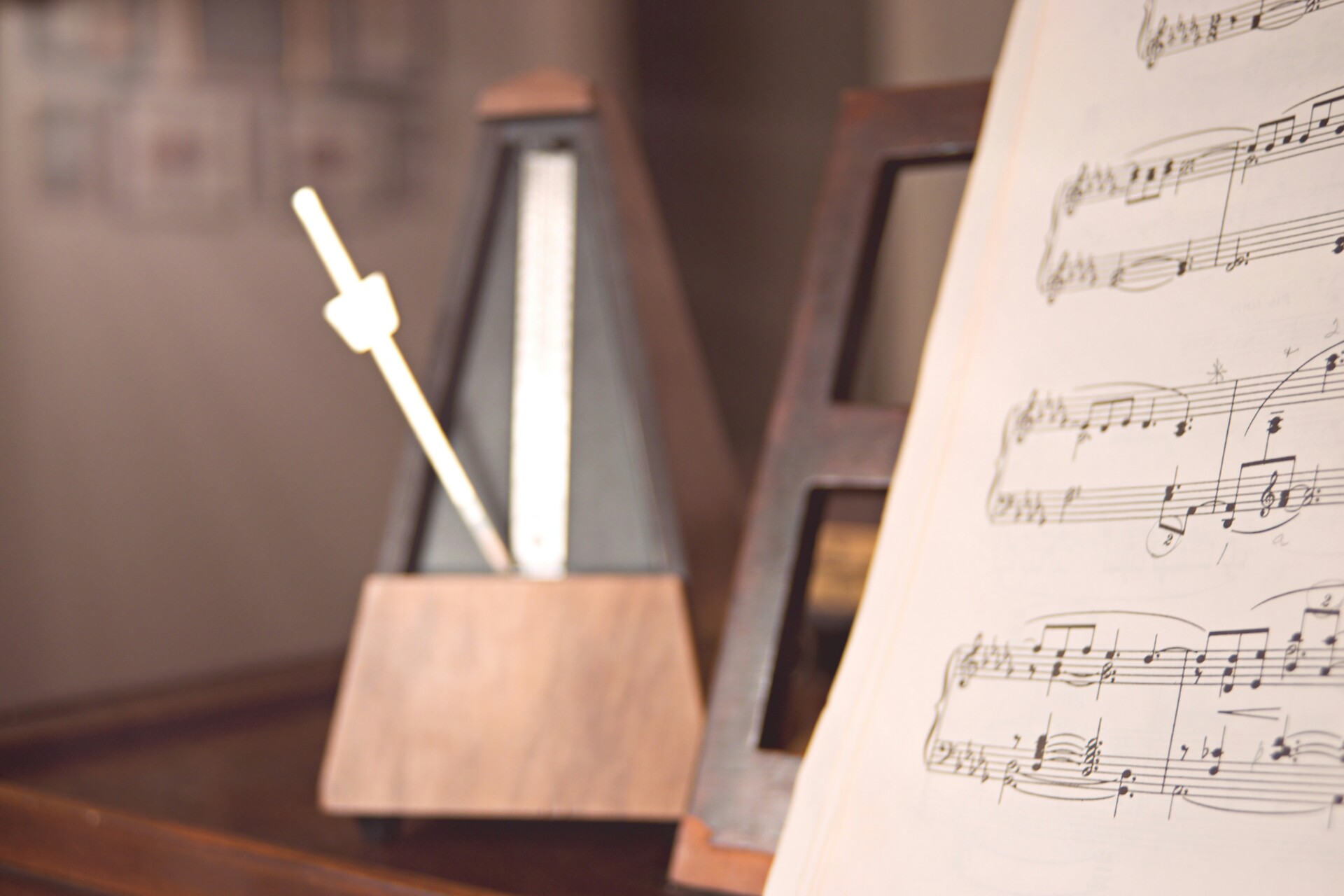Being animated is an everyday part of my job as a voice acting coach and as a voice actress, depending on the project type. My first professional contract as a singer was with Disney as the singing Little Mermaid in the show at Disney World. The kids who came to see that show expected the girl/fish in real life – and with makeup, a wig, and really cool special effects, the team made that all happen.
There are so many different types of animated projects these days; no longer is animation just targeted towards children in TV shows and movies. Technology has evolved and there are many more projects out there that can become a home for your voice. Generally we must audition for these gigs, during which you get to show off your creativity and vocal presentation. You should also consider the energy of the show, research the writers, producers, and any other projects they have worked on. Read the specs and audition directions and decide if you are going to add character to your voice. What level of energy does this delivery require and who is the audience? Kids voice-over projects often sound “over the top” or “cheesy”. This does two things: it gets kids’ attention, and it keeps kids entertained audibly. And not just kids! This is used in car ads, and other commercials trying to get your attention.
Pitch is used to paint a picture in the imagination of the audience or whoever is listening. 
Today I had a session for Delta Dental, via Source Connect. The director was in Iowa, and the client was patched into the call as well. They loved what I did in the audition, yet all I did was take the producer’s direction of “over the top” from the audition spec. So, I used lots of pitch variation, yet still clear and at a pace that could easily be animated. It takes lots of energy, and the ability to go further than you naturally would.
Speaking of energy, sometimes you may get an opportunity to be a part of a larger project that requires lots of energy and dialogue. This can be stressful on your voice. Vocal care during this time and being honest with your producer on how much you can do in a day is a must.
Vocal cords can literally snap. It’s audible on a good mic. Get a good warmup in for your body and heart rate, then slowly do the vocal warm ups that work best for you.
Here is a link to a project I was hired to do during Covid. All vocals were recorded on my Rode NT-1 microphone and we connected using Source Connect. I play the main character Pearl who narrates and is part of the Animated “episodes”. Note the energy and use of pitch.
That is an example of an educational project for kids. Other examples of animation might require more of a straight read, or a more realistic or conversational delivery. The TV show Bob’s Burgers would be a great example.
Los Angeles is really the center of the animation industry, however, living here isn’t necessarily a must since most of the industry is now all done online. A professional voice-actor of today must have their own home studio, and must be prepared for the opportunities as they come along. Most importantly, have fun and don’t be afraid of your bold ideas.
Here’s one more video of an animated stuffed animal who I got to voice. Yes: I was paid to rap. My dream came true.
Now what?
Check out our free PDF with pro-tips from real working voice-over actors here!
Want to learn more about voiceover? Signup for our introductory VO webinar.




